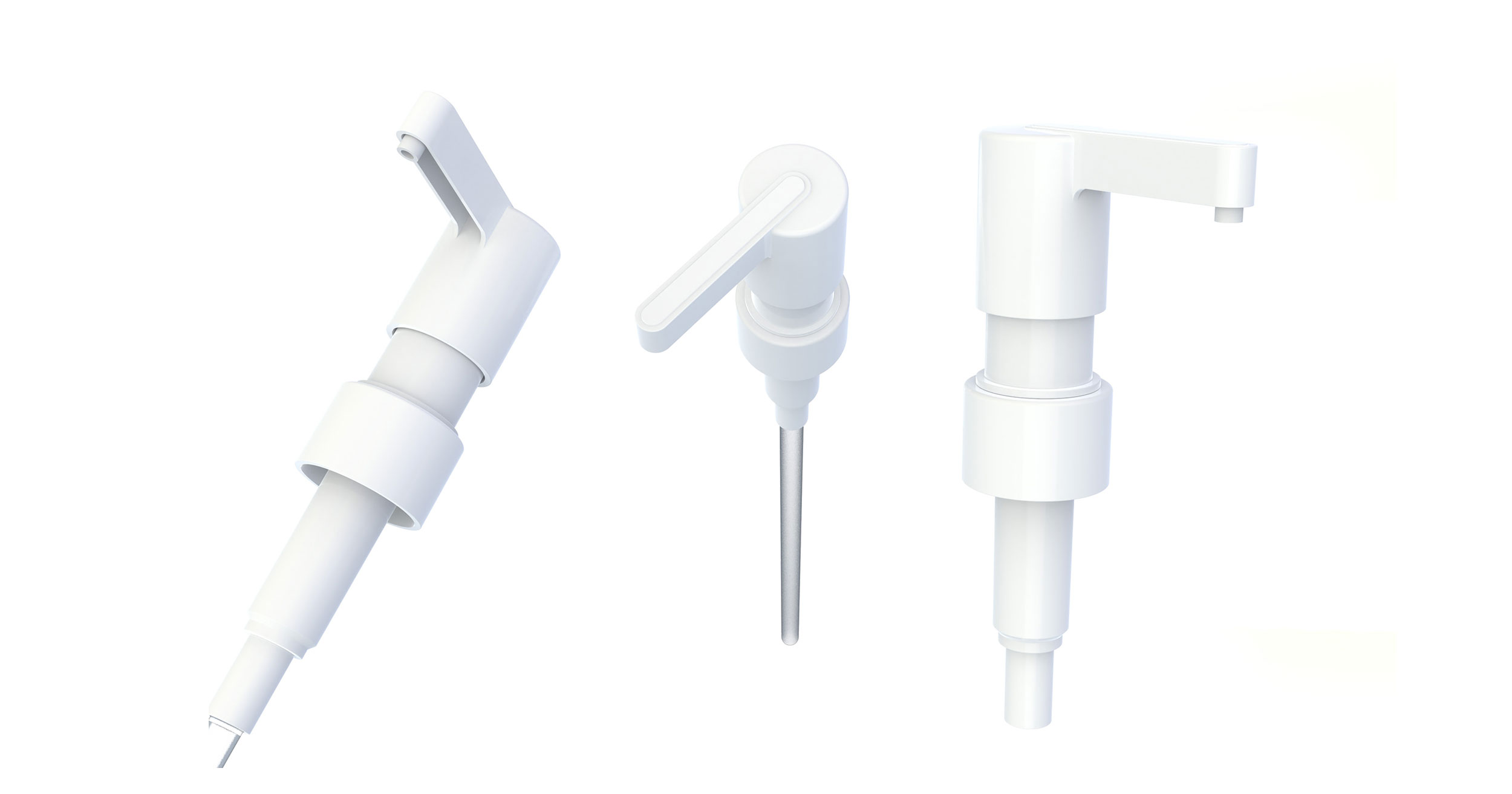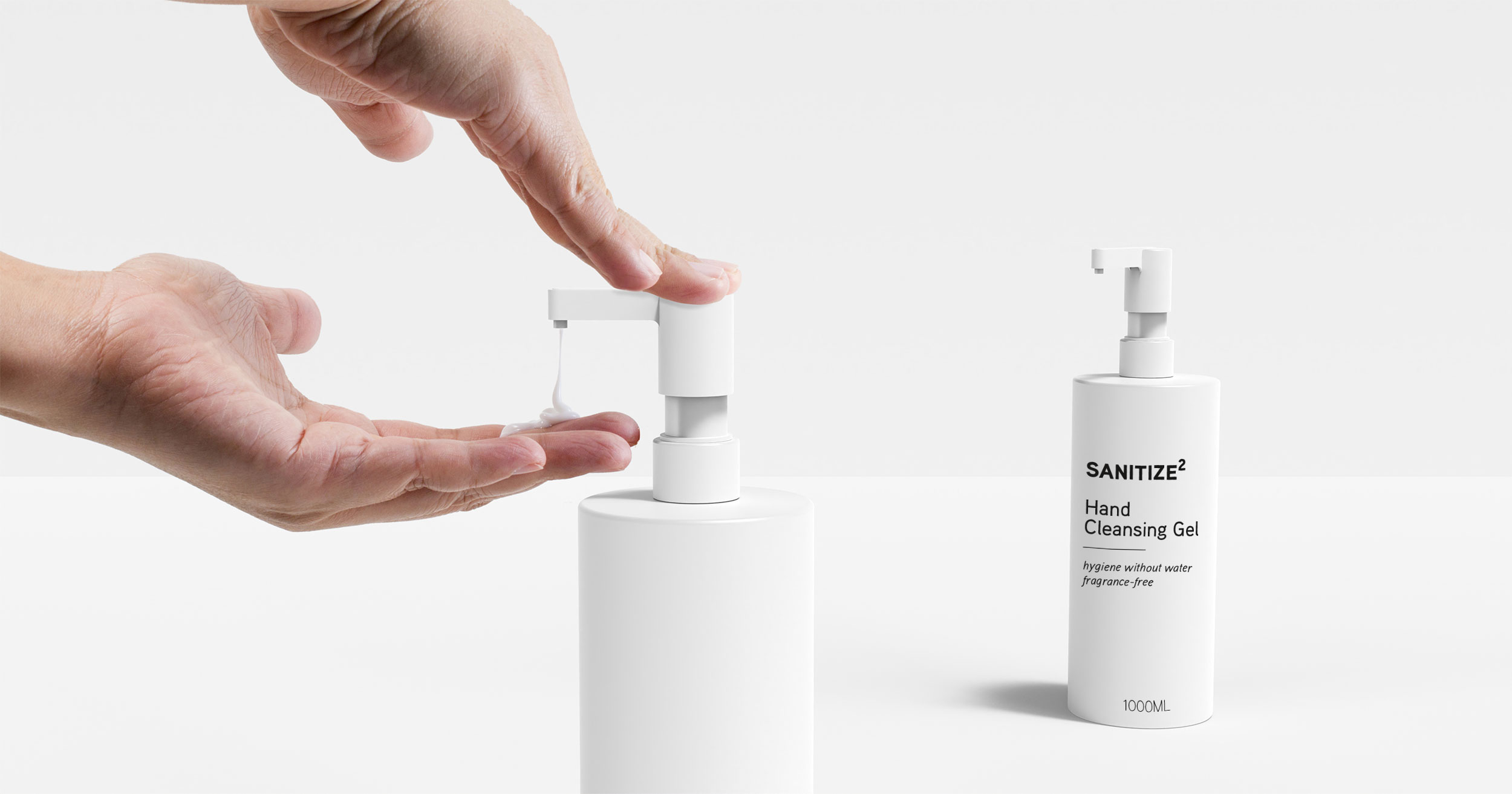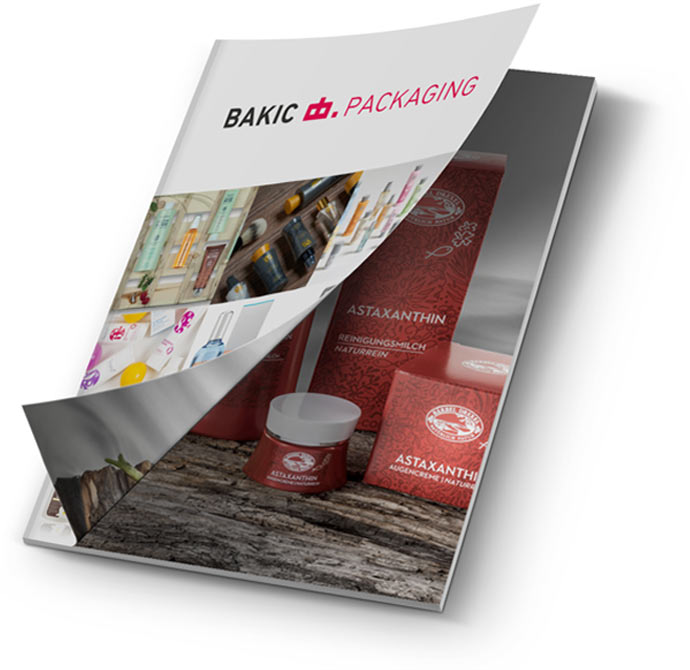
Post-Consumer-Recycling is the Key – Cossma Interview of Dominic Bakic
COSSMA: Glass, plastics, aluminum – which materials assert themselves on the market and why?
This obviously strongly depends on the brand type, the distribution, and the category.
However, right now we see a strong demand for PET packaging because of its positive attributes like high compatibility, good recyclability, and its availability in PCR (post-consumer-recycling material). Especially the market for sanitizer products has exploded recently and PET protects ethanol very well and communicates through its visual cues such as the high-gloss surface and the transparency product attributes such as efficiency, cleanliness, and hygiene.
To serve this segment, we have just launched our Echo PET bottles with Vio disctop caps and already continue to extend our offering by additional sizes and molds because of the high demand we encounter.
Second, we see all materials and packagings gain popularity, that offer a sustainable advantage such as being recyclable or being made of post-consumer-recycling material. The strong demand for PCR plastics currently leads to a limited availability and fluctuating grades, so converters and brands struggle with a stable supply, changing prices and deviations in quality and colors. We have put already since many years a strong focus on sustainability and by now from 73% of our standard molds we can manufacture packagings of PCR-materials.
Looking at jars, especially in the masstige and mass segment, we see a strong shift from plastic to glass. Here, we will be introducing post-consumer-recycled glass jars in our portfolio within the next couple of month.

COSSMA: Where is the journey going with the development or improvement of materials?
There is a strong need and trend in the availability of recycling materials! Today, the demand for high quality PCR materials exceeds the supply, which therefore requires increasing investments into recycling technologies and capacities to boost the supply of high-quality PCRs for HDPE, PET and PP.
Unfortunately, most, recycling materials still lack the European Food Approval certificate and do not offer the same technical attributes as virgin materials. Since this is still a big challenge, all involved stakeholders need to work on solutions: European legislation, recycling companies, converters, and brands. The Forum Rezyklat, of which we are a member, is focusing since 2018 all its efforts to resolve this issue, substituting the amount of virgin material by PCR plastics and therefore increasing the overall recycling rate for a more sustainable future.

COSSMA: What are the latest dispensing techniques?
Looking from the perspective of hygiene products and sustainability we see good value in all dispensing systems that offer great product protection, a good and hygienic handling and dosing functionality for alcoholic products as well as durability.
Since sanitizers are used multiple times throughout the day, the lifecycle of one bottle is rather short. All pumps, which are durable, and which can be reused multiple cycles offer great value to the consumer and the environment. Moreover, there are many consumers who buy big 1-2 liters sanitizing products and refill their small “on-the-go” packagings at home! This lately happens as well more and more in drugstores, where they fill the required “on-the-go” size from a big pack which they have behind the counter.
Our Pump 520 S exactly addresses these needs. The pump offers great priming functionality through its long nozzle, dispenses product in 3ml and is very durable, which means can be reused even with alcoholic products many times. The 90-degree nozzle adapter enables super precise dosing and we manufacture this pump in Germany.

COSSMA: What are the major challenges in the recyclability of cosmetic containers?
Recyclability is a very hot topic and since this subject is so complex, there is still a lot of confusion and uncertainty! Obviously, recyclability depends strongly on the type of container used but generally spoken, to ensure that packagings remain recyclable, brand owners need to pay attention to the following aspects:
- Mono-materials: compounds cannot be recycled so the packaging should be of a single material!
- Dark colors: the majority of carbon black or other dark colors cannot be detected by the infrared sensors in the recycling process and therefore cannot be separated.
- Common materials: only for commonly used materials like PE, PET, PP, etc. exists a recycling stream. All niche materials should be avoided.
- Decorations: heavy decorations like metallization or full body sleeves limit the recyclability greatly because they can bias the detection mechanism which again leads to the last exit, the energetic recovery.
There are certainly many more aspects to consider and we have developed our own methodology throughout the last couple of years, where we help our customers to screen and analyze their portfolios and consult them intensively before starting new design and development projects. Here our team of designers, engineers and molding experts build a great holistic and sustainable taskforce.



